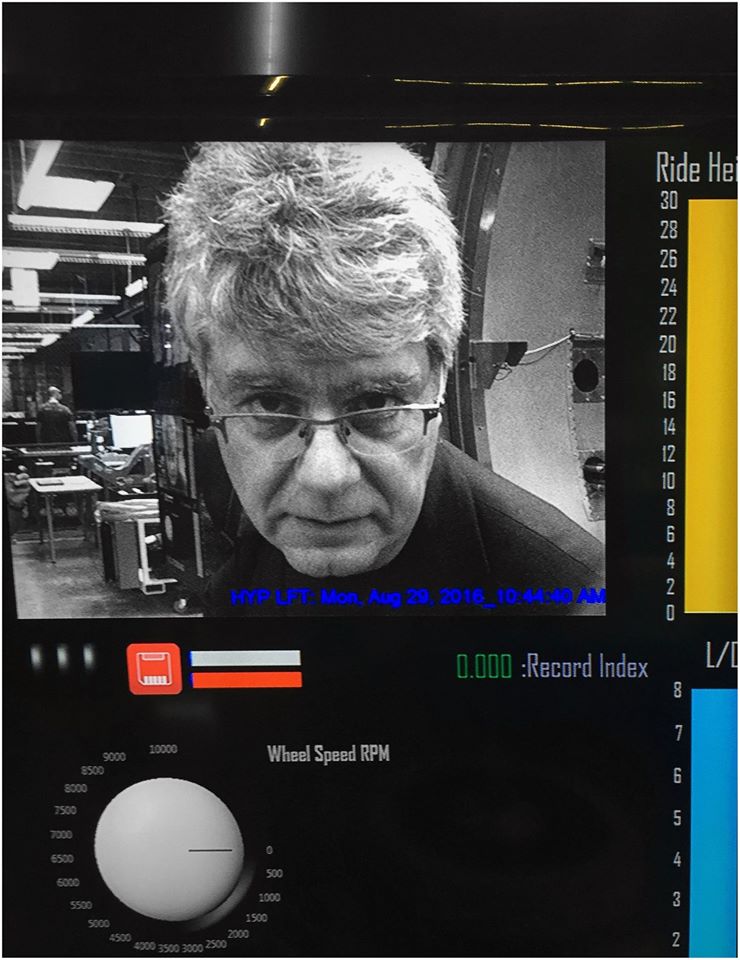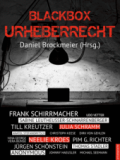Leider mal wieder eine absichtlich kryptische Überschrift, mit der ich erst mal die Suchmaschinen ablenken will. Es geht nämlich mal wieder um A…punktur (auch dies zur Ablenkung der Cranks und Trolle, die sich auf alles stürzen, was diesen Suchbegriff enthält). Anlass dieses Postings ist ein großer Artikel im aktuellen Wall Street Journal, den ich leider nicht für jedermann verlinken kann (geht nur für Abonnenten oder User, die das Urheberrecht bewusst verletzen – sorry!), der sogar schon groß auf der Titelseite angekündigt wird:
Ich weiß, dass dieses Thema hier immer wieder zu Endlosdiskussionen führen kann, und ich habe erst gezögert, ob ich diesen Artikel – das WSJ ist ja nun nicht unbedingt eine wissenschaftliche Publikation, man muss es also bei diesem Thema nicht unbedingt ernst nehmen – überhaupt als Anlass nehmen will, erneut Öl in die Flammen zu gießen (obwohl ich es doch lieber auf die sprichwörtlichen Wogen schütten würde).
Aber ich fände es schon mal ganz reizvoll, wenn man sich hier mit den wissenschaftlichen Aspekten der Nadelpiekserei beschäftigen könnte, ohne dass man einerseits alles abbügelt und sagt “Ist eh’ nix neues, muss ich gar nicht erst lesen” (was man ja erst wissen könnte, wenn man’s gelesen hat), und ohne dass man andererseits von Trollen und Gläubigen, die sich ausdrücklich als Wissenschaftsgegner sehen, ständig gezwungen wird, auf den alten Bahnen zu diskutieren.
Doch damit man weiß, worüber man hier diskutieren könnte, habe ich einfach mal die längere Passage aus dem Artikel, die ich überhaupt substanziell von Interesse fand, hier reinkopiert (und das “Reizwort” entsprechend meiner Eingangsbemerkung durch die Abkürzung “a[]” entschärft):
Studies in the early 1980s found that a[] works in part by stimulating the release of endorphins, the body’s natural feel-good chemicals, much like vigorous exercise does.
Now, a growing body of research suggests that it may have several mechanisms of action. Those include stimulating blood flow and tissue repair at the needle sites and sending nerve signals to the brain that regulate the perception of pain and reboot the autonomic nervous system, which governs unconscious functions such as heart beat, respiration and digestion, according to Alejandro Elorriaga, director of the medical acupuncture program at McMaster University in Ontario, which teaches a contemporary version to physicians.
“You can think Western, you can think Eastern. As long as your needle goes to the nerve, you will get some effect,” Dr. Elorriaga says.
What’s more, an odd phenomenon occurs when a[] needles are inserted into the body and rotated: Connective tissue wraps around them like spaghetti around a fork, according to ultrasound studies at the University of Vermont. Neurologist Helene Langevin says this action stretches cells in the connective tissue much like massage and yoga do, and may act like a[] meridians to send signals throughout the body. “That’s what we’re hoping to study next,” she says.
Meanwhile, neuroimaging studies at the Martinos Center for Biomedical Imaging at Massachusetts General Hospital in Boston have shown that a[] affects a network of systems in the brain, including decreasing activity in the limbic system, the emotional part of the brain, and activating it in the parts of the brain that typically light up when the brain is at rest.
Other studies at the Martinos Center have shown that patients with carpal tunnel syndrome, a painful compression of nerves in the wrist, have heightened activity in parts of the brain that regulate sensation and fear, but after a[], their brain patterns more closely resemble those of healthy subjects.
Brain scans of patients with fibromyalgia show that both a[] and sham a[] (using real needles on random points in the body) cause the release of endorphins. But real a[] also increased the number of receptors for pain-reducing neurotransmitters, bringing patients even more relief.
The fact that many patients get some relief and register some brain changes from fake a[] has caused controversy in designing clinical trials. Some critics say that proves that what patients think of as benefit from a[] is mainly the placebo effect. A[] proponents counter that placebos that too closely mimic the treatment experience may have a real benefit.
“I don’t see any disconnect between how a[] works and how a placebo works,” says radiologist Vitaly Napadow at the Martinos center. “The body knows how to heal itself. That’s what a placebo does, too.”
(Diese Grafik, die auch im WSJ-Artikel enthalten ist, habe ich einem einschlägigen Paper des hier zitierten Vitaly Napadow entnommen)
Meine Frage ist daher ist eigentlich wiederum ganz simpel (als Frage – die Antwort ist sicher komplexer): Gibt es tatsächlich eine eine “Wissenschaft, die hinter der A… (beinahe hätte ich es ausgeschrieben) steckt?





Kommentare (55)